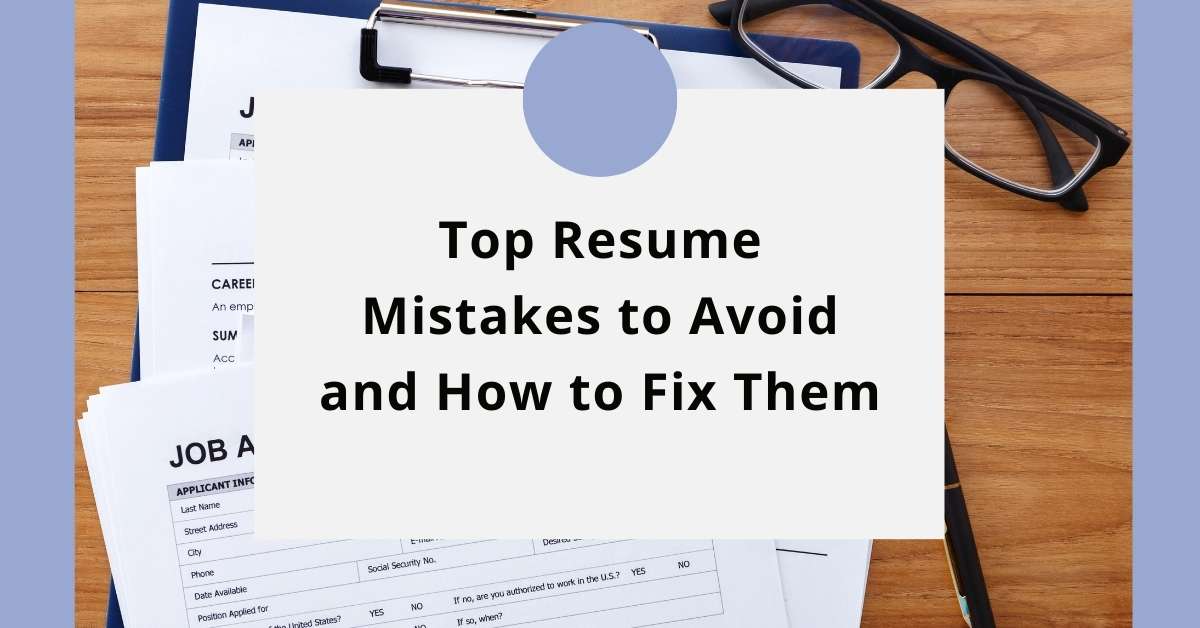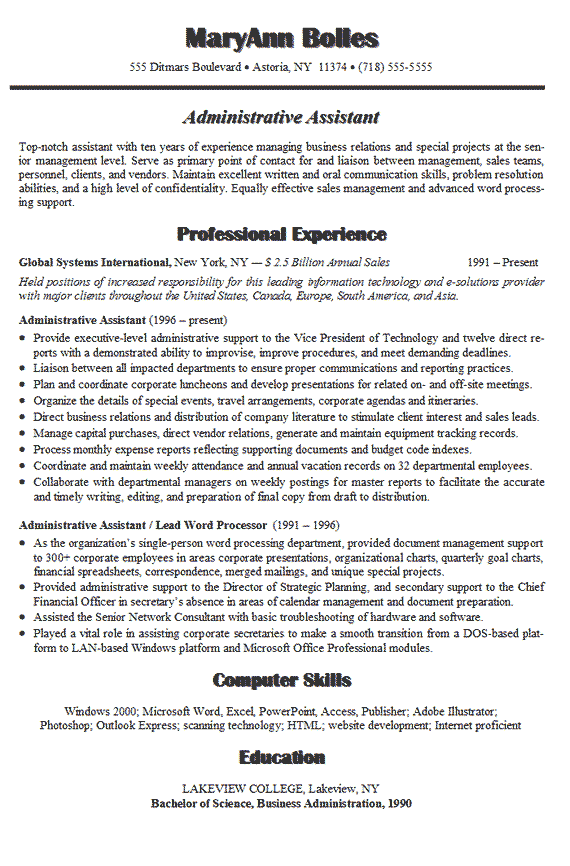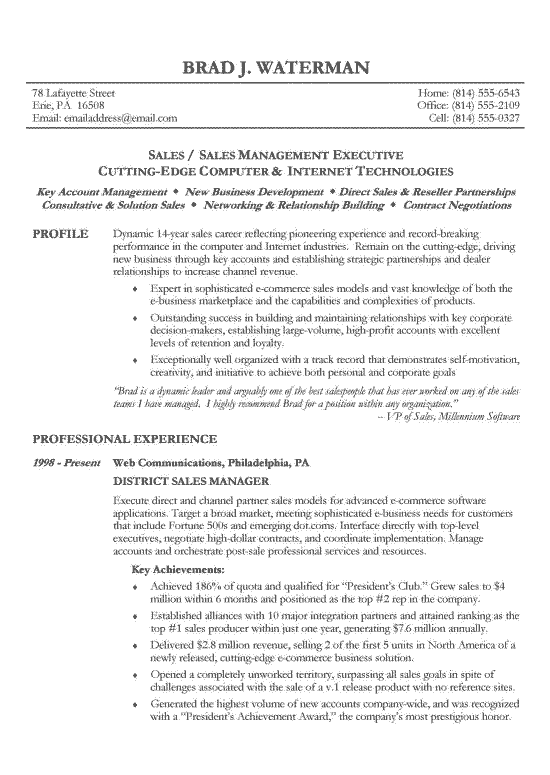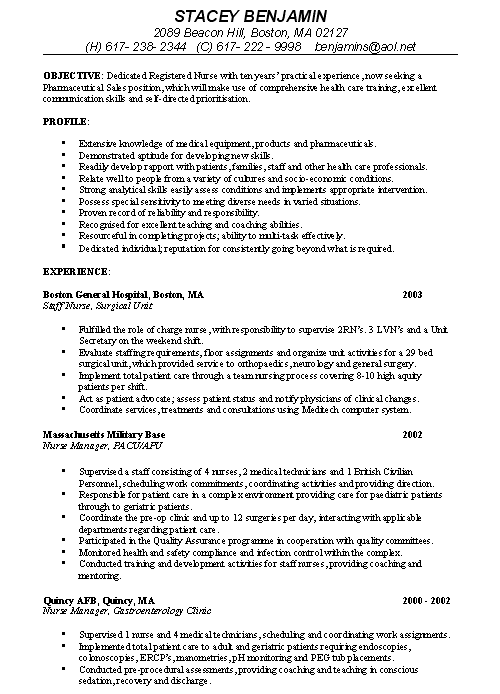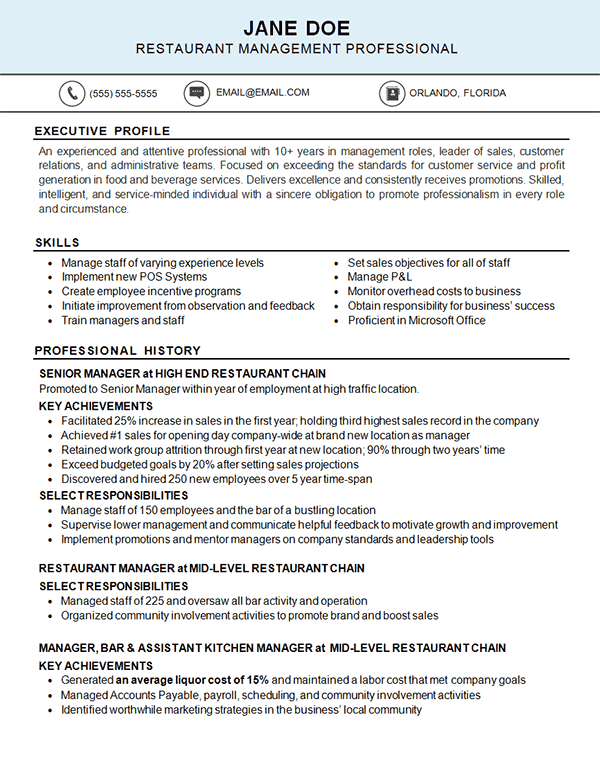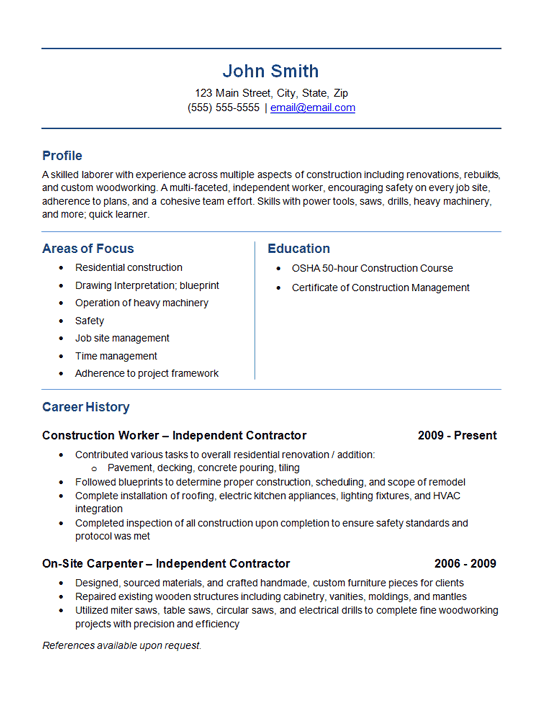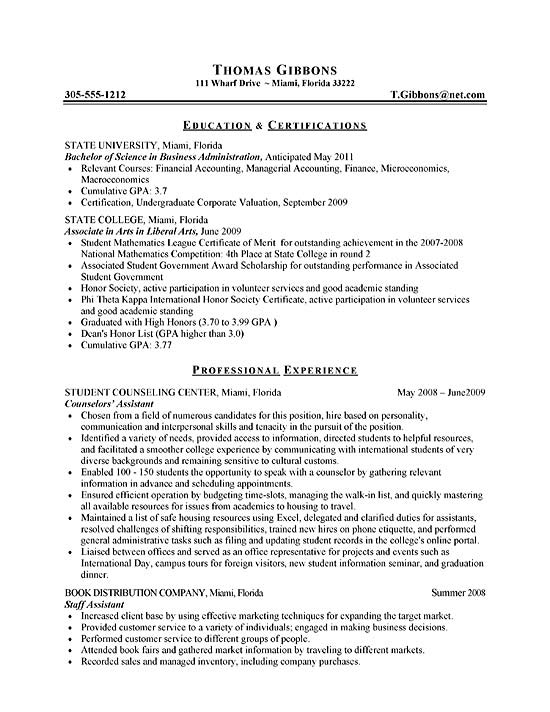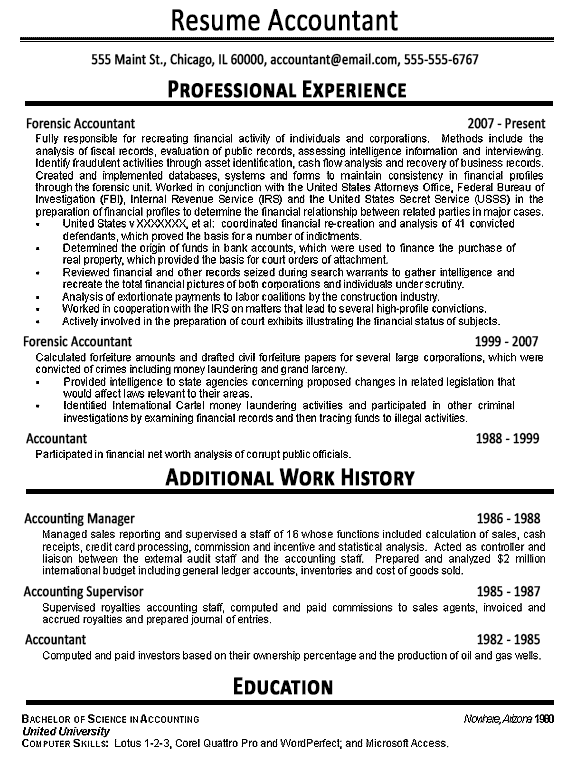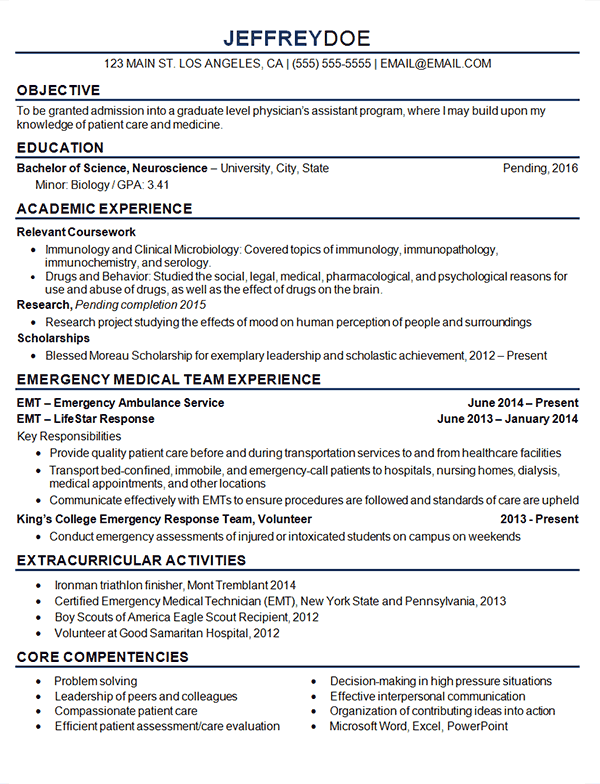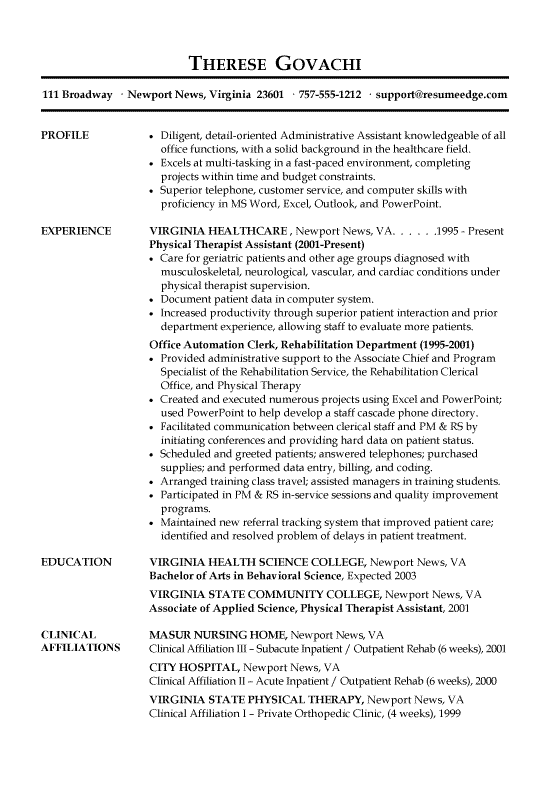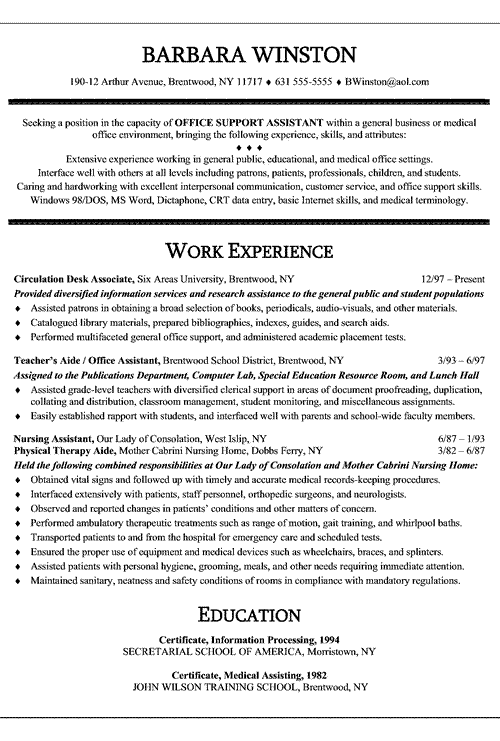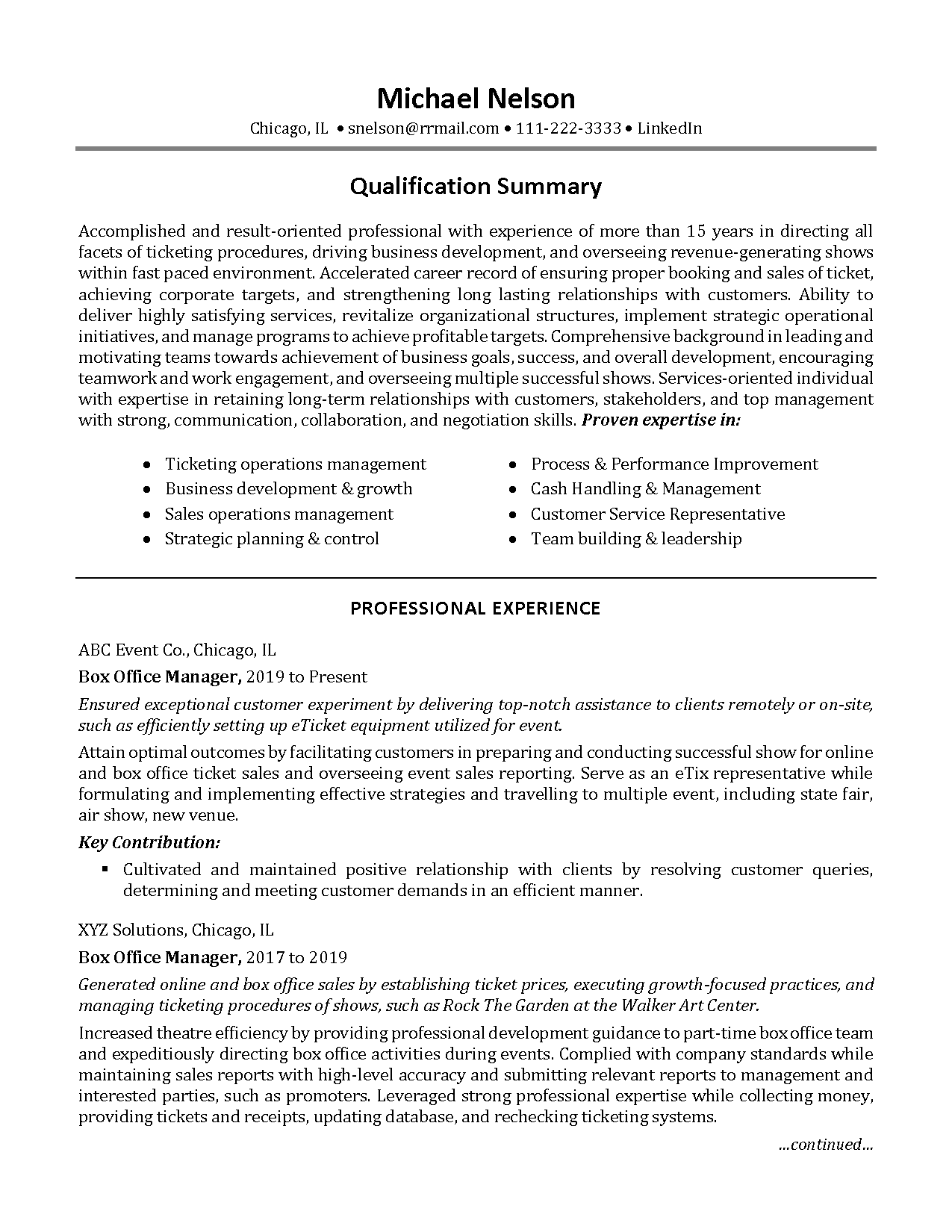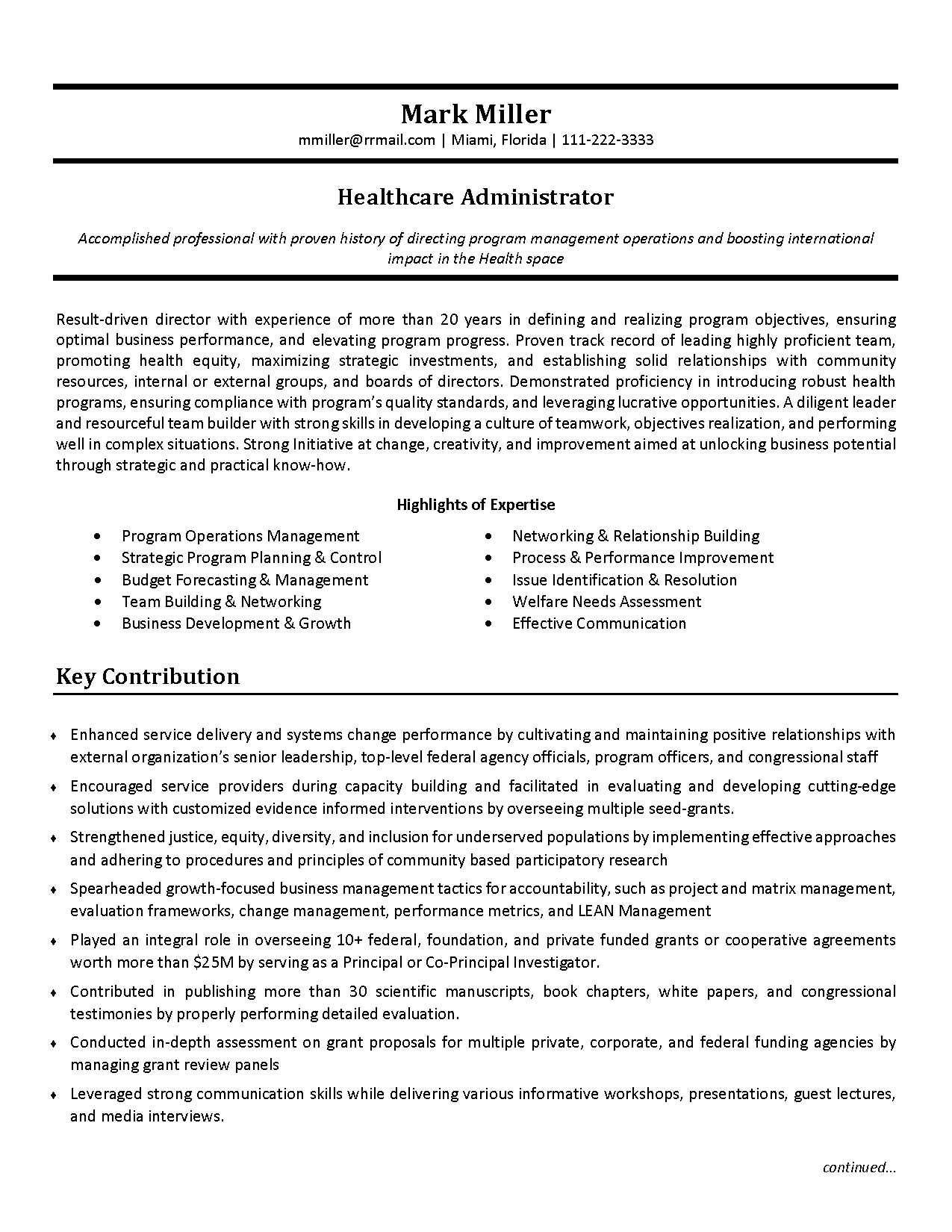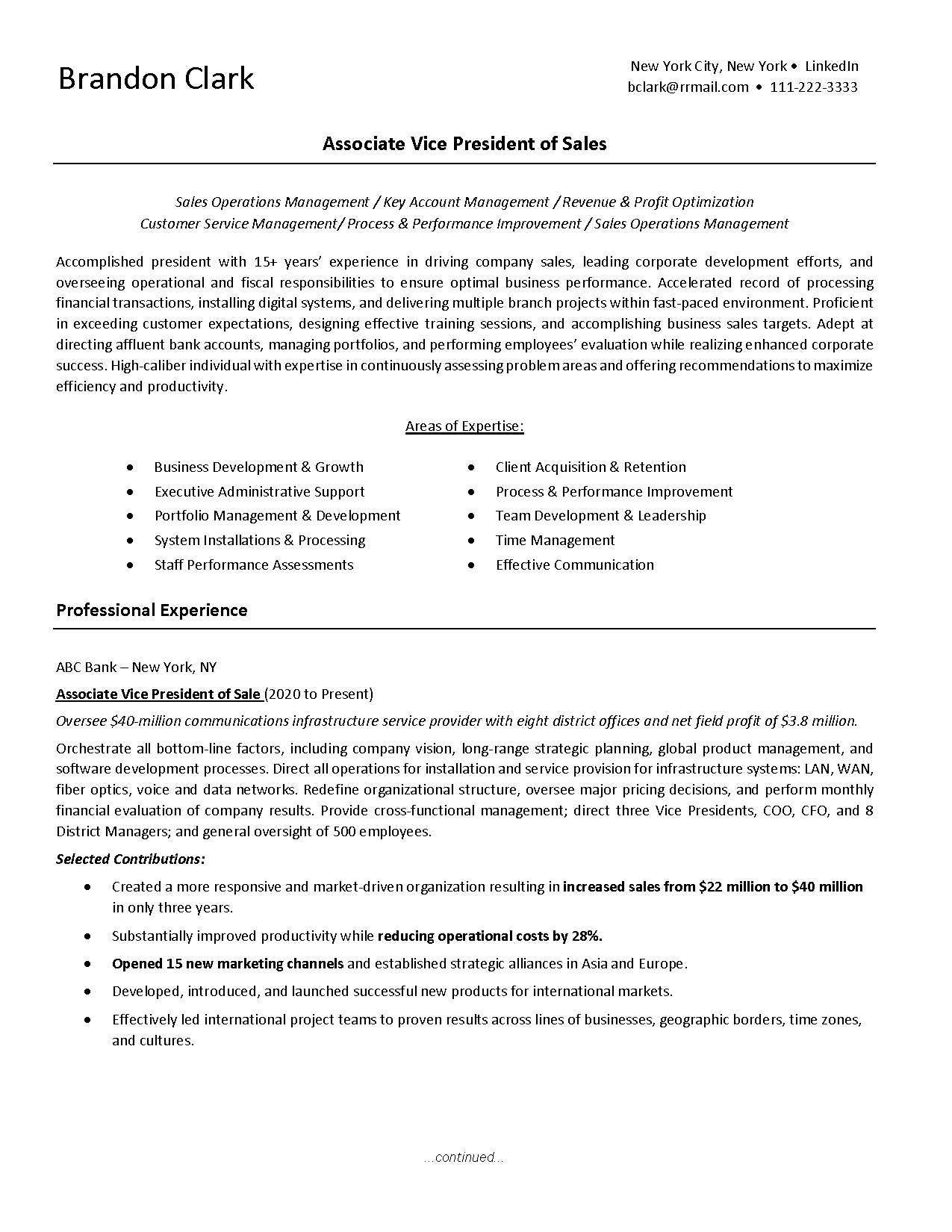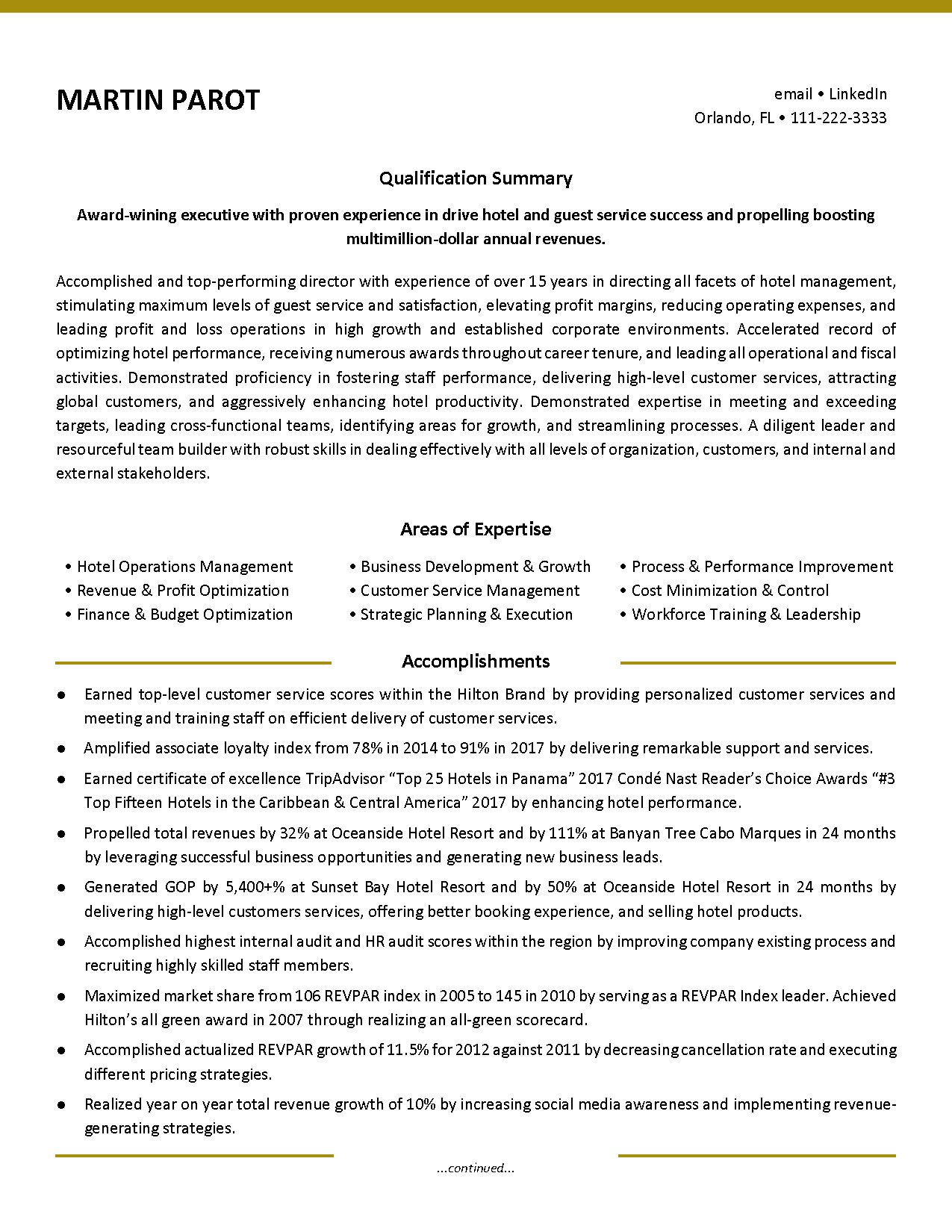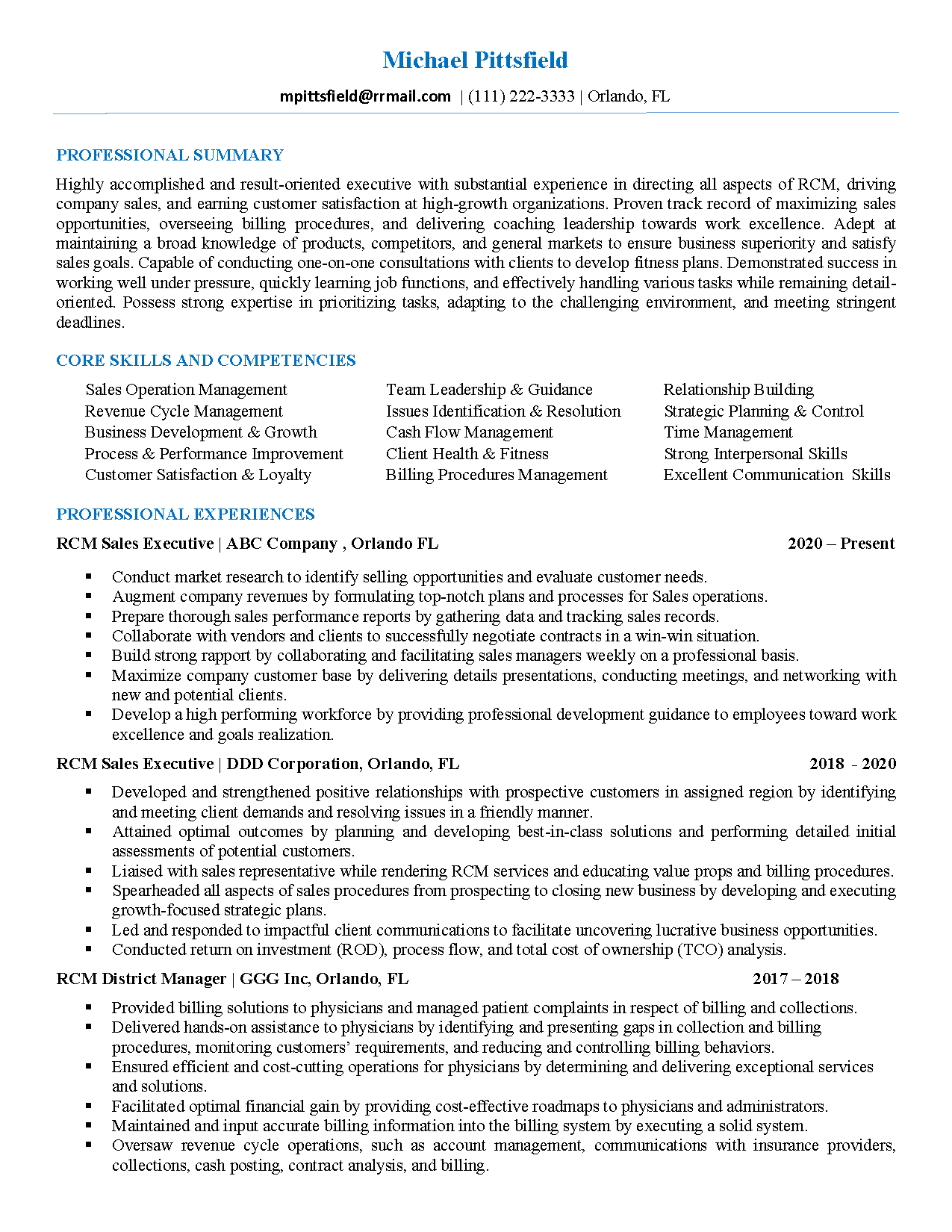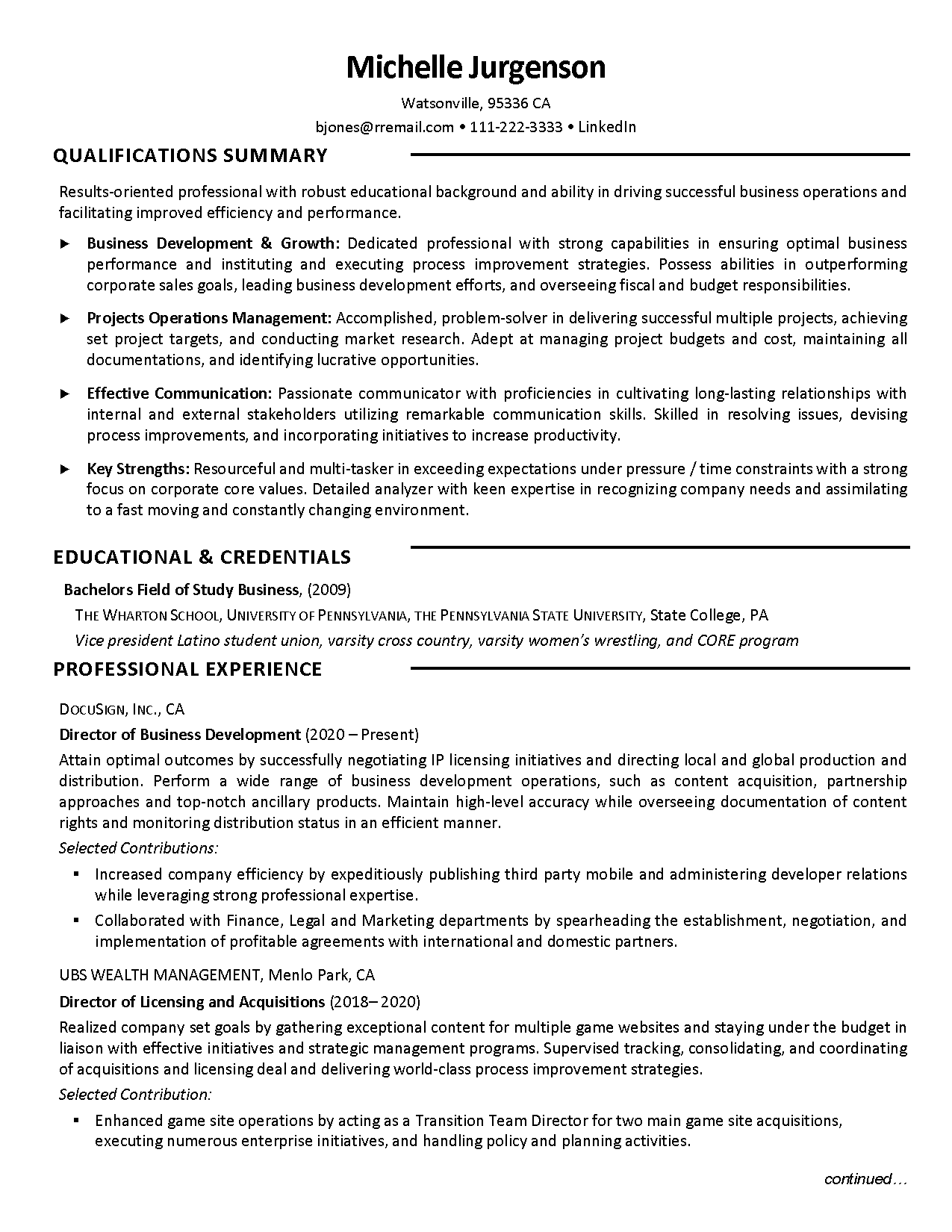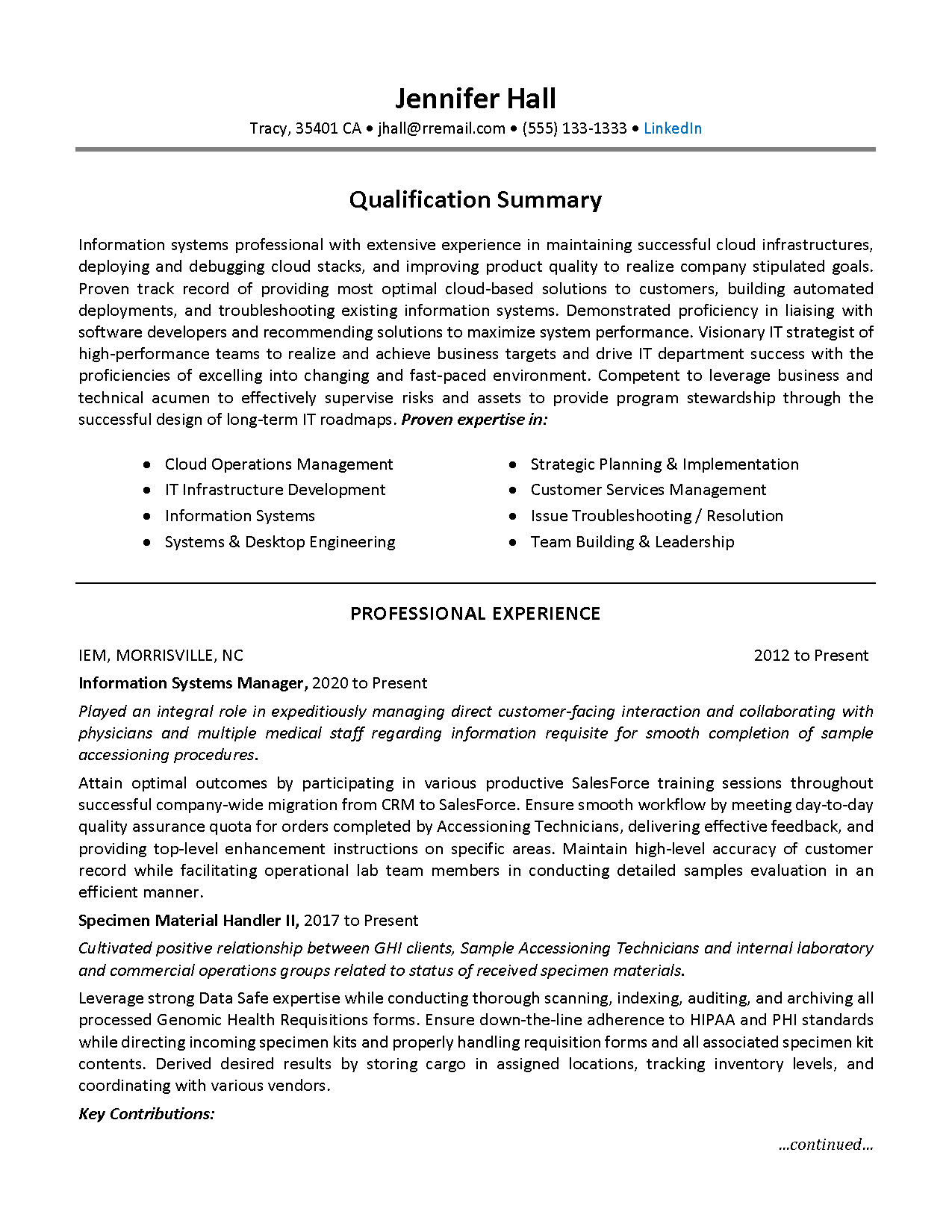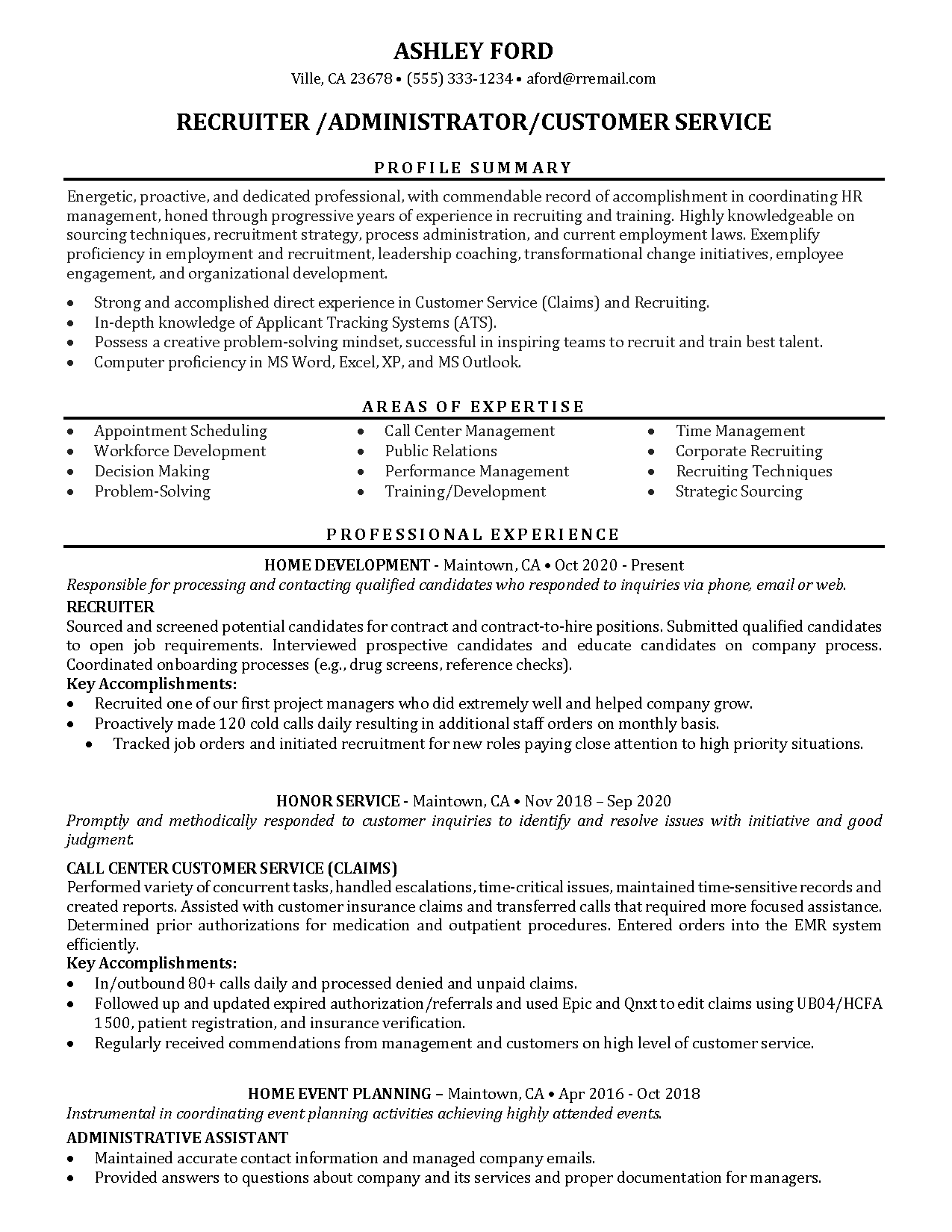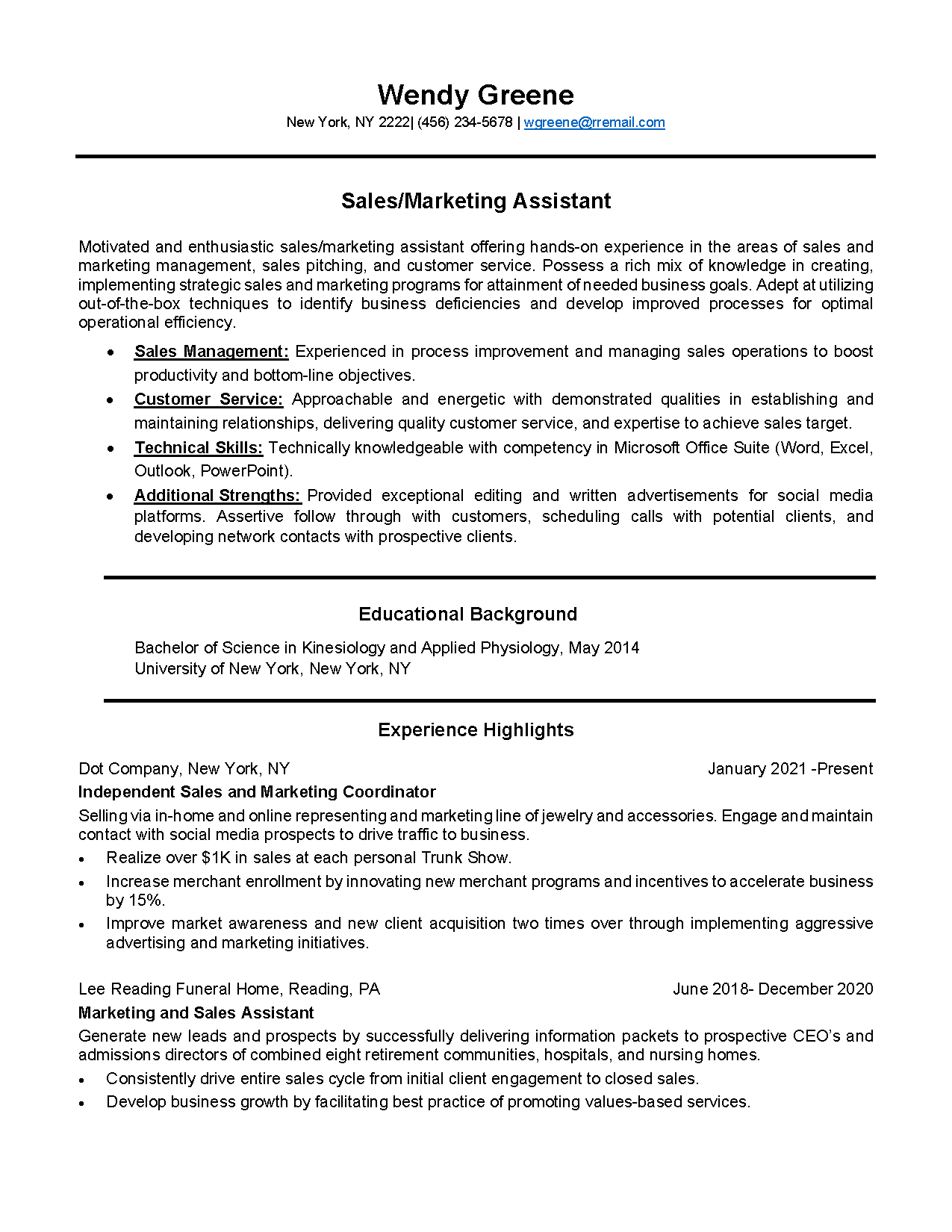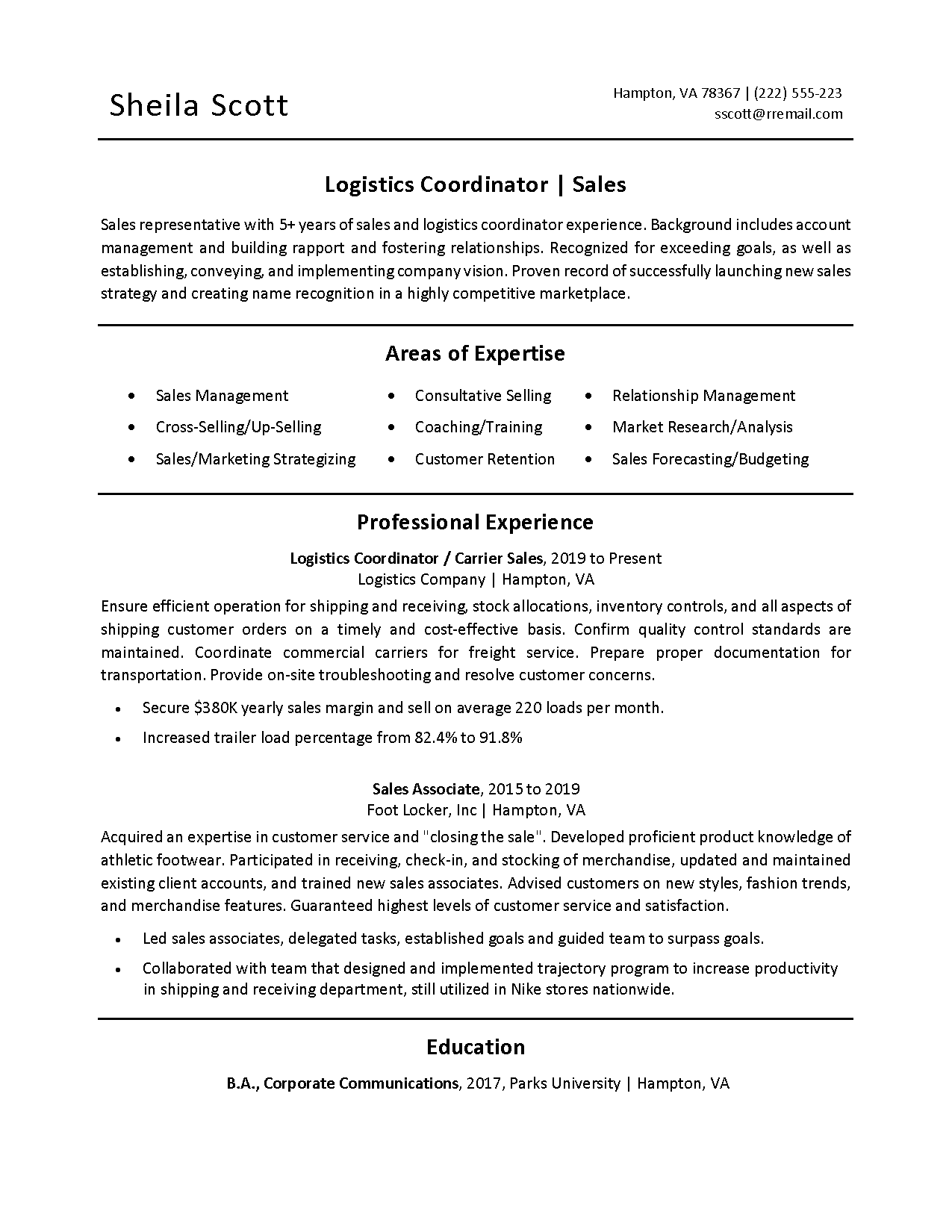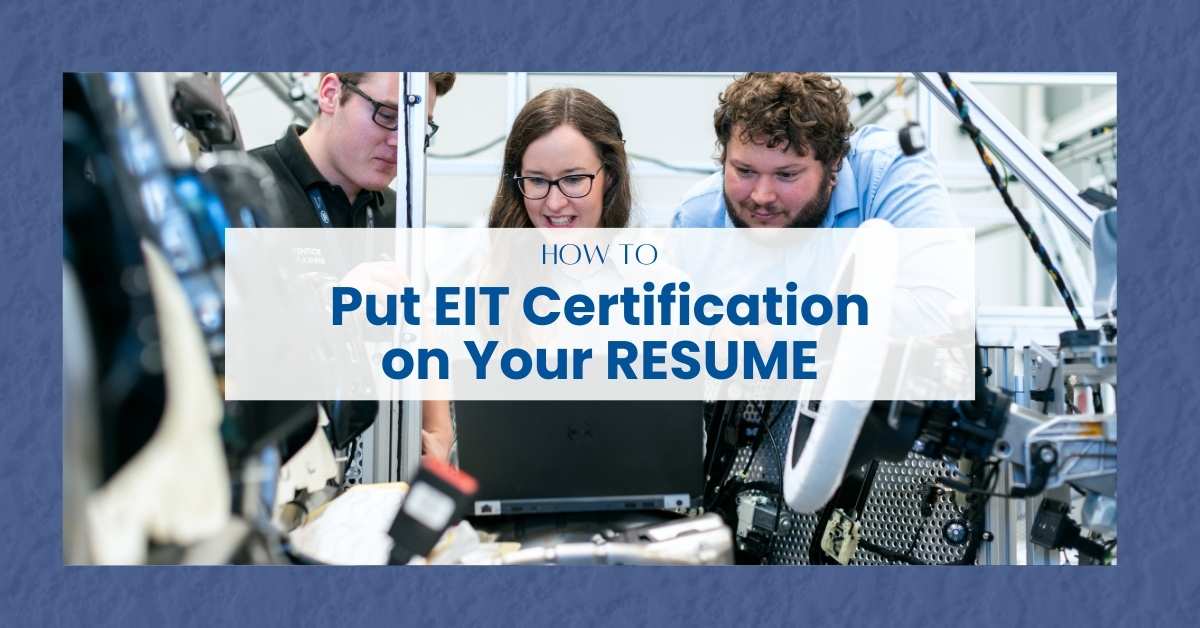
How To Put Eit On Resume
Picture this: you’re standing at the starting line of a race, surrounded by other engineers vying for the same job. You know you’re qualified, but how can you stand out?
One way to gain a competitive edge is by obtaining an Engineer in Training (EIT) certification.
Adding EIT to your resume is a valuable way to show your commitment to engineering and showcase your technical skills. But knowing how to add EIT to your resume correctly is vital to maximizing this credential.
In this article, we’ll guide you through the process of adding EIT to your resume and highlight the benefits it can bring to your engineering career. So, prepare to take the first step towards standing out in the job market and achieving your professional goals.
What Is an Eit Certification?
An EIT certification is valuable for engineers who’ve passed their FE exam and completed a 3-year program in post-secondary school. This allows them to practice as an Engineer-In-Training in their state.
This certification is a stepping stone to becoming a licensed Professional Engineer (PE) and can help you gain more responsibility and higher pay in your engineering career.
When adding EIT to your resume, it’s important to consider the different ways in which you can include it. If you’ve already received your certification, add it to your name or with your other certifications or awards. Alternatively, you can add it in the Certifications or Awards sections.
If you’re still waiting for your certification, you can write it off as available upon request or pending.
Including EIT on your resume can be important if it’s essential to the job or if you want to showcase your qualifications and accomplishments. It can help you stand out to potential employers and showcase your readiness to take on more challenging engineering projects.
However, be sure to include the state where you got certified, as you can only use your EIT credential in that particular state. If you’re applying to work in other states, you’ll need an EIT certification from each respective state or a PE license to work across all states.
How Long Does It Take To Get My Eit Certification?
Once you’ve passed your FE exam and completed a 3-year post-secondary program, the wait time for receiving your EIT certification can feel like walking through molasses in winter. The exact time it takes to receive your certification can vary depending on the state and the processing time. On average, it can take anywhere from 4-8 weeks to receive your certification after your application has been approved.
It’s essential to focus on preparing for your next steps during the waiting period. One of the best ways to do this is by adding it to your resume. You can do this by including it in the certification section of your resume or by adding it after your name. When having EIT on your resume, make sure to include the state where you got certified, as you can only use your EIT credential in the state where it got approved.
What’s the Difference Between the Eit and Ei Designations?
Differentiating between the EIT and EI designations is vital for engineers working in states where the latter is used instead. While EIT stands for Engineer in Training, EI stands for Engineer Intern. These two designations are essentially the same, but their use varies from state to state.
You must pass the Fundamentals of Engineering (FE) exam to become an EI. After passing the exam, you must complete a certain amount of work experience under the supervision of a licensed professional engineer. Once you have completed the work experience, you can apply to take the Principles and Practice of Engineering (PE) exam and become a licensed professional engineer.
The National Council of Examiners for Engineering and Surveying (NCEES) oversees the certification process for both EIT and EI designations.
When applying for an EI certificate, you must provide proof of passing the FE exam and your certification number. You must also have your work experience verified by your supervisor and submit an application to your state’s Council of Examiners for Engineering. Once approved, you will receive your certificate and can work as an Engineer Intern.
It’s important to note that the certification process for EIT and EI designations may vary slightly from state to state, so it’s essential to check with your state board for specific requirements.
Should You Include Eit on Your Resume?
You might be hesitant to add your Engineer in Training certification to your professional resume, but highlighting your commitment to the engineering profession can display your potential as a licensed Professional Engineer and improve your job prospects.
When deciding whether or not to put EIT on your resume, consider the job requirements and whether the certification is relevant to the position. If the job requires an engineering degree or EIT certification, it’s a good idea to list EIT in the Certifications section or a separate section on your resume.
To add EIT to your resume, include it after your name, such as “John Doe, EIT,” or in the Certifications section along with other relevant credentials. If you haven’t yet received your EIT certificate, you can list it as “EIT (pending)” or “EIT (expected date).”Be sure to include the state where you obtained your EIT license, as it’s only valid there. If you’ve passed the FE exam but haven’t yet graduated, you can list EIT in the Education section of your resume.
Adding EIT to your resume can help you stand out to potential employers and demonstrate your commitment to engineering. By highlighting your certification and qualifications, you can showcase your readiness to take on more challenging engineering projects and improve your chances of landing your dream job.
Remember only to include EIT on your resume if it’s relevant to the position and you’ve either received the certification or are close to receiving it.
Where To Add Eit on Your Resume?
Highlighting your Engineer in Training (EIT) certification can significantly impact your resume, but where should you include it? The answer depends on your particular situation.
If you have already received your certification, add it to your name or with your other certifications or awards. You can also add it in the Certifications or Awards sections.
If you are close to receiving EIT but still don’t have it, you can list it as pending with the state included. However, if you are still waiting for your certification, it’s better to wait until you have it completed before including it on your resume.
When including EIT, include the state where you got certified. Remember that you can only use your EIT credential in the form in which it got approved. If you apply to work in other states, you will need an EIT certification from each respective state or a Professional Engineer (PE) license to work across all states.
Adding your EIT certification to your resume demonstrates your commitment to the engineering profession and your readiness to take on more challenging engineering projects. It can also help you stand out in a competitive job market and gain the trust and confidence of potential employers.
Hiring managers will be impressed with your dedication to your field and willingness to continue learning and growing as an engineer.
Conclusion
Congratulations! You now know how to add your EIT certification to your resume correctly. By including this credential, you demonstrate your commitment to the engineering profession and dedication to continuing your education and professional development. This can lead to more opportunities for advancement and higher pay in your career.
One objection you may have is that your resume is already too crowded, and you don’t want to add another section. However, consider your resume a visual representation of your skills and qualifications.
Adding your EIT certification highlights a valuable credential that sets you apart from other candidates. Consider removing less relevant information or condensing sections to make room for your EIT certification.
Remember, your resume should be tailored to the job you’re applying for, and including your certification may be the factor that sets you apart from other candidates and lands you your dream job.

